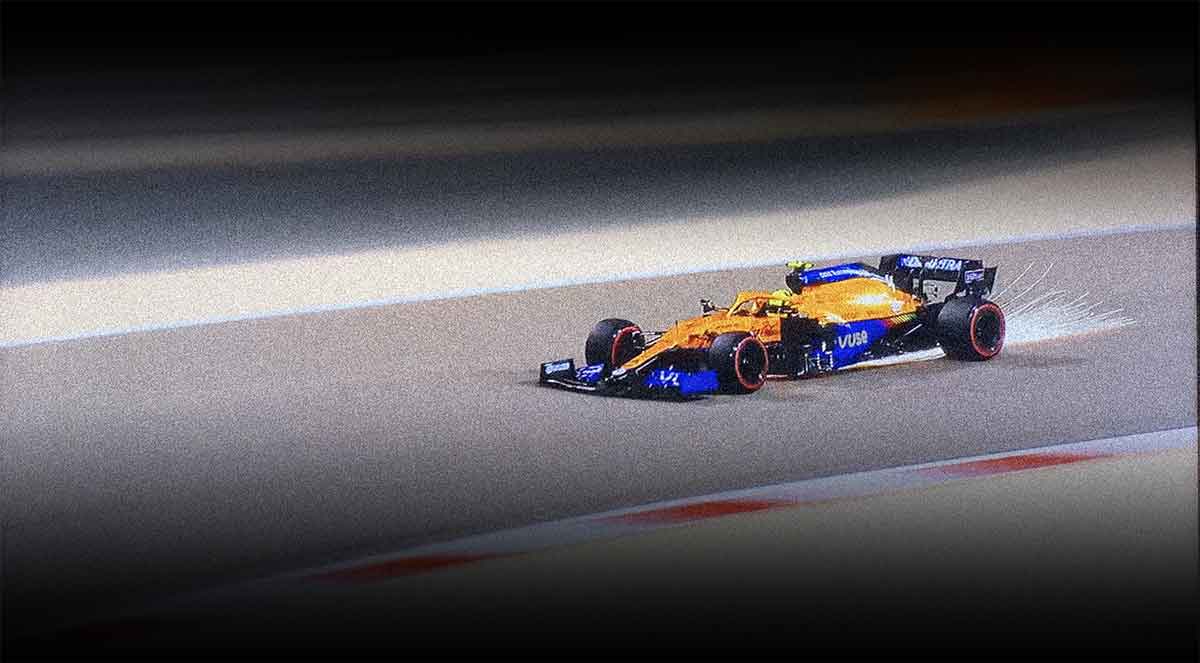- Resources
- News
-
-
Get Email Updates
Sign up for STOP's emails and never miss an update on our latest work and the tobacco industry's activity.
-
Get Funding
Ready to tackle industry interference? You could be eligible for a grant.
-
Share a Tip
Do you have information on tobacco industry misconduct in your country? Let us know.
-
Get Email Updates
Industry Marketing
October 21, 2021

An increase in young people becoming addicted to e-cigarettes, and specifically British American Tobacco (BAT)’s Vuse e-cigarette, could be looming around the corner.
Recent trends and policies have converged to create grim conditions in the United States. A 2021 study showed Vuse is already the second-most popular e-cigarette among middle- and high-school students (roughly aged 11-18) in the U.S. With the U.S. Food and Drug Administration (FDA) having recently approved the sale of Vuse, the product might only become more accessible. And BAT’s advertisements on F1 cars may help accelerate uptake of the newly approved product—whether young people see those advertisements in broadcasts of the U.S. Grand Prix in Texas, U.S., on October 24, or other global race broadcasts.
Now, young people around the world are asking F1 to remove itself from this track to addiction—but will it?
F1: Big Tobacco’s gateway to young people
A new STOP report, Driving Addiction: Tobacco Sponsorship in Formula One, 2021, shows that BAT and Philip Morris International (PMI) are projected to pour US $105 million into F1 team sponsorships in 2021. That’s concerning for a number of reasons.
First, this is the most Big Tobacco has spent on F1 sponsorships since 2006—the year a ban on tobacco advertising was supposed to go into effect. The sudden increase in sponsorship spending seen over the past couple of years signals an ominous return of Big Tobacco—and its interests—to the sport. In exchange for those sponsorship dollars, BAT and PMI get to plaster logos for e-cigarettes, nicotine pouches and corporate slogans on the McLaren and Ferrari teams’ livery, respectively. They also get the benefit of reaching F1 audiences through media coverage and on platforms like Twitter and Twitch.
Second, F1 has a young and growing fan base. The sport claims to have 433 million unique global viewers, and its popularity continues to expand. Its immensely popular Netflix show, “Drive to Survive,” brought new fans to the sport, and F1 teams’ increased social media activity engaged new—and young—fans even further.
These actions may be why 36% of new F1 fans—who are being exposed to Big Tobacco’s branding and corporate messaging—are under the age of 25, according to the STOP report. Past research may help predict the impact of this exposure: A 2006 study found a significant relationship between positive youth perception of tobacco companies (gained by activities including sports sponsorships) and youth smoking rates.
F1: The FDA’s marketing blind spot
As part of its recent decision to allow the sale of Vuse, the FDA also imposed “strict marketing restrictions” for the e-cigarette, “including digital advertising restrictions as well as radio and television advertising restrictions…” These restrictions, the FDA claims, will “greatly reduce the potential for youth exposure to tobacco advertising…” However, a major advertising opportunity may sit in the FDA’s blind spot: advertising e-cigarettes and other addictive products in F1.
While the McLaren cars and livery may or may not feature Vuse or other BAT products at the U.S. Grand Prix, there is a precedent for doing so: Vuse branding was seen on cars in Bahrain and Monaco in 2021. If the product is advertised at the U.S. Grand Prix, it could draw more youth attention to a product already recognized by young people in the U.S., and which may soon become more easily accessible.
The impact of this advertising is felt beyond just the local market. F1’s wide global reach means that young people anywhere in the world where the race is broadcast are equally subjected to Big Tobacco’s marketing.
F1: The sport global youth are relying on for protection
Young people around the world know they’re being targeted by Big Tobacco, and they want it to stop. To prevent BAT and PMI from further driving youth addiction, they’re reaching out directly to the Fédération Internationale de l’Automobile (FIA), the governing body of F1, to make their voices heard.
On October 19, youth organizations around the world published an open letter to the FIA asserting their right to tobacco-free sports, and condemning the FIA for enabling tobacco sponsorship in F1. The signatories to the letter put it simply and truthfully for the FIA: “Tobacco and sports don’t mix as we remain the target of tobacco companies.” Their request of the FIA is clear: Ban tobacco sponsorship in F1 immediately.
F1 has a duty to prevent youth e-cigarette addiction
F1 has a responsibility to protect its audiences, and particularly its youngest fans, from being targeted by Big Tobacco. With the open letter, the sport’s future leadership is tasked with doing better than the current FIA president, who has thus far failed to take any meaningful action.
As the young people reminded the FIA in their letter: “Allowing tobacco sponsorship is ultimately your decision and only your decision.” If F1 continues to allow Big Tobacco to advertise its products and slogans, helping drive youth addiction is also its decision.


